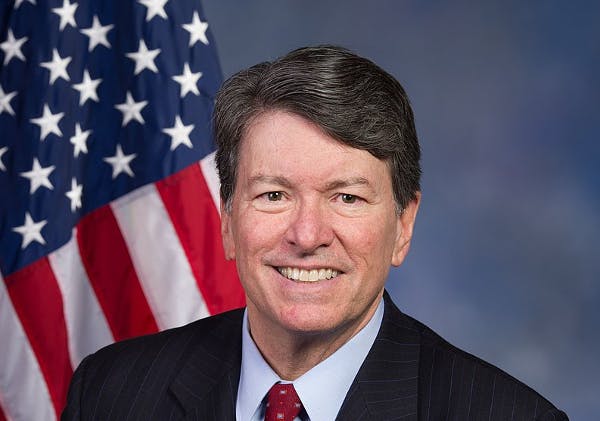Expect New York Redistricting Battle To Reach State’s Highest Court
A special master will be responsible for drawing new maps in the event that the Court of Appeals upholds the trial court’s decision and the legislature fails to redraw maps in what is considered a sufficiently bipartisan fashion.

New York’s redistricting battle resumes Wednesday in the Fourth Appellate Division in Rochester, but regardless of the outcome there the case “is going to go to the Court of Appeals,” Representative John Faso tells The New York Sun. “In fact, the Court of Appeals said in an email that they would consider the case on an expedited basis.”
Mr. Faso says he expects the state’s highest court to make its ruling by mid-May, around the same time that a “special master” in charge of redrawing New York’s districts is expected to produce his version of the maps.
Judge Patrick McAllister yesterday appointed as special master a fellow at Carnegie Mellon’s Institute of Politics and Strategy, Jonathan Cervas.
Mr. Cervas will be responsible for drawing new maps in the event that the Court of Appeals upholds the trial court’s decision — to toss out the maps — and the legislature fails to redraw maps in what is considered a sufficiently bipartisan fashion.
At the end of March, Judge McAllister declared unconstitutional the newly drawn state senate and house districts, citing a 2014 amendment to the state constitution that explicitly outlawed partisan gerrymandering and established the bipartisan redistricting commission.
“Gerrymandering discrimination hurts everyone because it tends to silence minority voices,” Judge McAllister wrote in his decision. “When we choose to ignore the benefits of compromise we not only hurt others, we hurt ourselves as well.”
Judge McAllister described gerrymandering as a “scourge” on Democracy when he ruled that New York’s maps showed unconstitutional “bias.” Justice Stephen Lindley later put a stay on that order, making an exception for the appointment of a special master to draw new, nonpartisan maps.
Mr. Faso expressed concern for the future of the 2014 amendment if the Court of Appeals allows the maps to stay in place after earlier being declared unconstitutional.
Such a decision would “make this provision in the constitution a dead letter,” he said.
The League of Women Voters shared this concern in an amicus brief submitted to the court urging “enforcement of the Amendment’s plain terms.”
The group is referring not only to the requirement that the districts “shall not be drawn to discourage competition” nor favor any particular party or candidate, but also to the requirement that maps originate with the commission.
The group in its brief said “the legislature may only amend the redistricting plan if the commission’s plan is rejected twice by the legislature.” The commission failed to submit a second redistricting plan and thus did not perform its constitutional duty.
While the legislature did vote down the maps that were submitted, the commission failed to both “try again” and come to a bipartisan agreement, details that the League of Women Voters cite as crucial parts of their constitutional duty.
“The two-step procedure guarantees the People a full opportunity to obtain the benefits of nonpartisan — or at least less partisan — redistricting whenever the legislation implementing the IRC’s first redistricting plan does not become law,” the league wrote in its brief.
The final result of New York’s redistricting case will not only have bearing on New York’s anti-gerrymandering amendment but also on the balance of power in the House.
Democrats now hold the majority by 11 seats, meaning a six-seat swing could change the majority party. The maps currently under litigation could halve New York’s Republican delegation to four seats.
The proposed maps would create 20 Democratic-leaning districts, two competitive districts, and four Republican-leaning districts. Currently, New York has 17 Democratic-leaning districts, three competitive district, and seven Republican-leaning districts
The governor’s office did not immediately respond to a request for comment.

